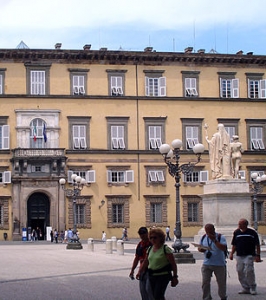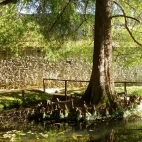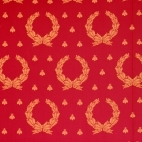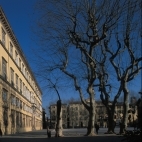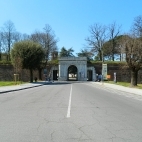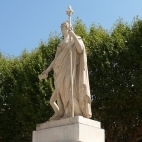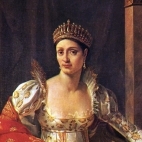Itinerary: City of Lucca
Lucca's origins are to be found in Etruscan Roman times; it has played an important role in Tuscany's history. In 1081 the Comune (municipality) was founded, while its economy developed thanks to its mercantile vocation, as well as manifacturing, exchange and credit, its culture, and its location along the Via Francigena.
Napoleon Bonaparte's Italian campaigns swept through Lucca in 1799. The city was able to maintain its autonomy, benefiting from Napoleon's sympathy, first as a democratic republic, then in 1805 under the empire, as a constitutional principality, entrusted to his sister Elisa and brother-in-law Felice Baciocchi. This period marked the advent of Neoclassicism and the start of a process of transformation that was to change the role and shape of the city.
The public works and urban development began, transforming the old Palazzo Publico into a Reggia or palace whose facade opened onto the new Piazza Napoleone, built after the demolition of an entire city block (1806). The new Porta Elisa (1809) was built in the city walls, and the walls became a Park. Studies were begun to design a new aqueduct, and the wetlands were reclaimed and solid embankments built on the Serchio River. The Public Library was opened and a proper policy for the cultural assets was planned.
In the proposed itinerary, it will be possible to visit some of these places, the result of Elisa Bonaparte's choices
Porta Elisa
Via Elisa
Palazzo Froussard
Palazzo Matteucci
Villa Bottini
Piazza Napoleone
Statua Maria Luisa
Palazzo Ducale – Quartiere del Trono
Palazzo Mansi (ritratti di Elisa e di Elisa e della figlia Napoleona)
Palazzo Orsetti (ritratti di Elisa e Felice)
Orto Botanico
Museo di Villa Guinigi (Statua di Carlo III)









